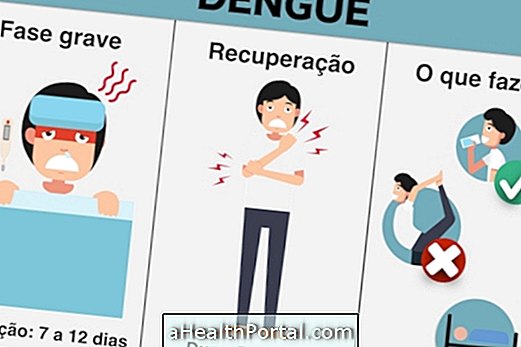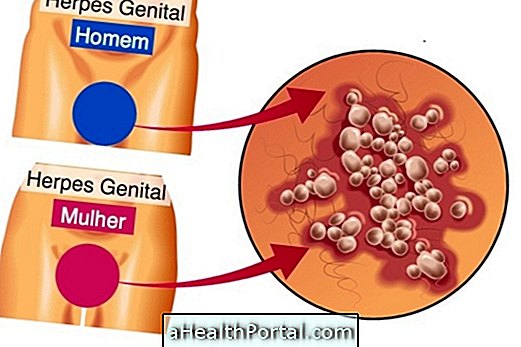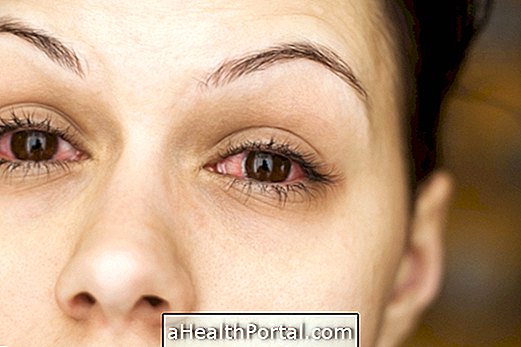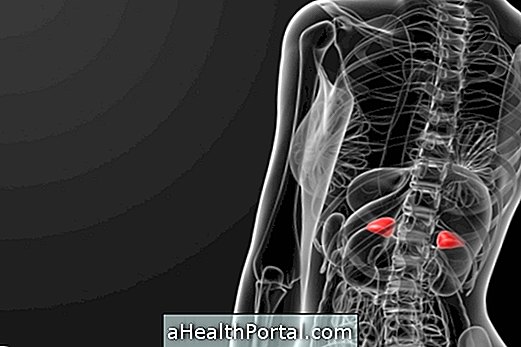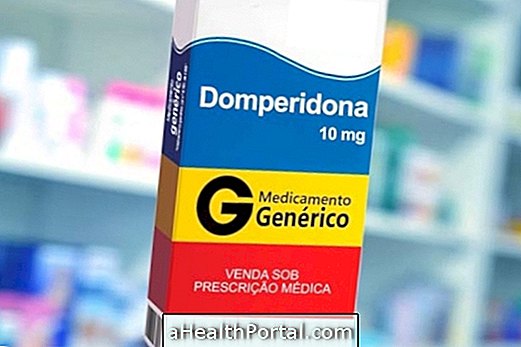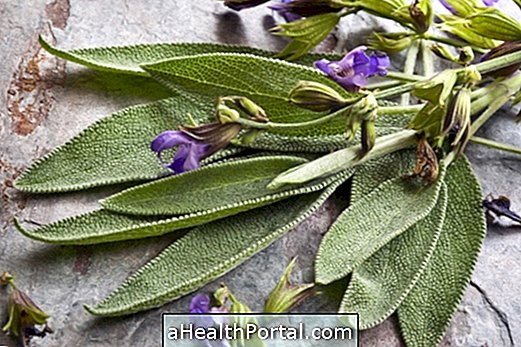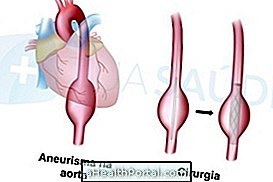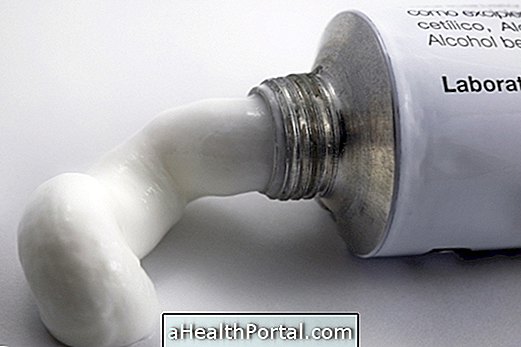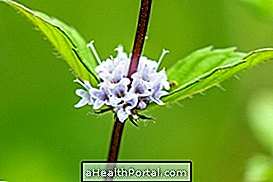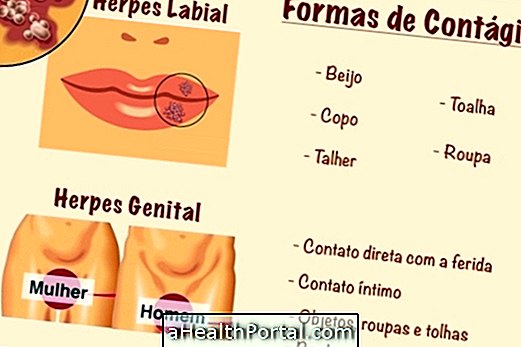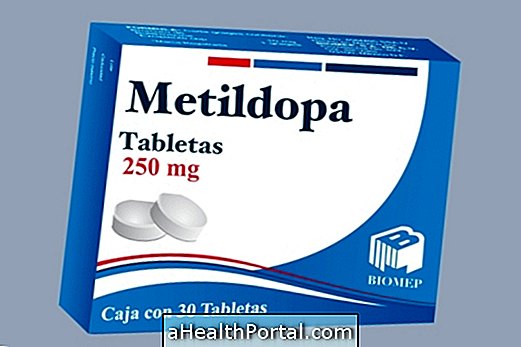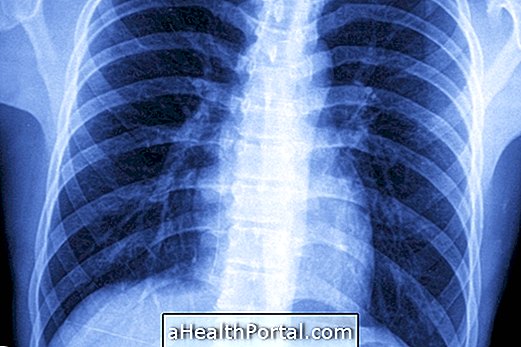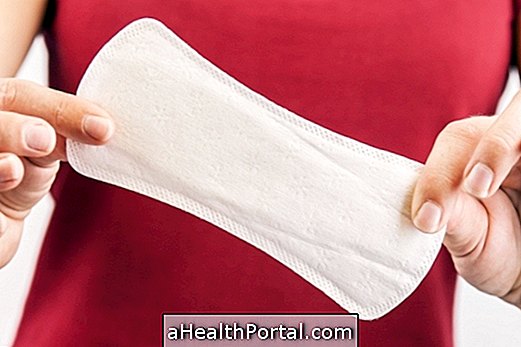Hookworm, also known as hookworm or yellowworm, is a disease caused by the parasites Ancylostoma duodenale or Necator americanus, whose presence in the body causes anemia, weakness and yellowing of the skin.
The infective larvae of the yellowing agent can be found in the soil, which is why the most common form of transmission of this disease is through penetration of the skin, mainly through the feet, buttocks and back.
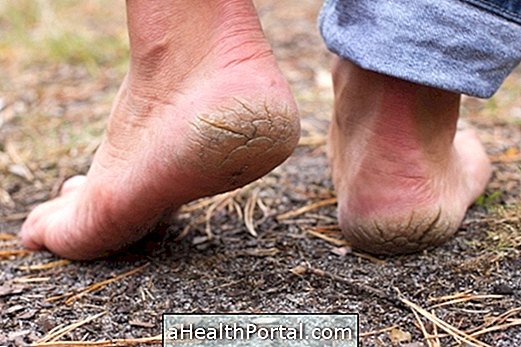
Symptoms of Yellowing
In addition to the skin lesion seen at the site where the parasite penetrated, other yellowish symptoms are:
- Paleness or yellowing of the skin;
- Generalized weakness;
- Moderate diarrhea;
- Abdominal pain;
- Anemia;
- Loss of appetite;
- Weight loss;
- Tiredness;
- Effortless loss of breath;
- Black stools with bad smell due to the presence of blood.
In more chronic cases, when a person has been infected by the worm for many years, there may be heart failure and impairment of motor and brain development, sometimes irreversibly. See other yellowing symptoms.
The diagnosis of hookworm can be made through parasitological examination of feces with the objective of identifying the presence of Ancylostoma duodenale eggs in feces. See how the stool test is done.
Yellowfin in the newborn
The yellowing typical of some newborn babies has no relation to this disease, in another condition called neonatal jaundice, which is characterized by the accumulation of bilirubin in the blood due to the liver's inability to metabolize the substance. Learn more about neonatal jaundice.
How transmission occurs

The transmission of the yellowish happens when the person sunbathes or walks barefoot, mainly because the infective form of the larva penetrates the skin and reaches the blood circulation. Entry into the parasite usually occurs through the feet, buttocks and back, causing a rash of irregular shape at the site of penetration.
In the organism, the larvae reach the lung and migrate to the pharynx, where they are swallowed and reach the duodenum, becoming adult larvae and egg production. These eggs are released into the environment through the feces and in the soil they develop until the infecting form, restarting the cycle of contamination.
Dogs and cats can also be hosts of these worms, and can release more eggs into the soil through their feces.
Treatment for Amarelão
The treatment for Amarelão is made with medicines like Behenium, Pirantel, Mebendazol or Thiabendazol, during 1 to 3 consecutive days. In addition, the doctor may request a retest examination after 3 days of treatment to check the complete elimination of the worms. See the remedies to see me more indicated and how to take.
Hookworm disease is a disease characteristic of underdeveloped countries where sanitation and hygiene are precarious. Thus, it is important to always walk shoes, avoid messing with the ground and adopt basic hygiene measures, such as washing hands before eating and before and after going to the bathroom. It is also important not to drink or eat any food unfit for consumption.
Learn some home remedies to combat this worm in this video:


